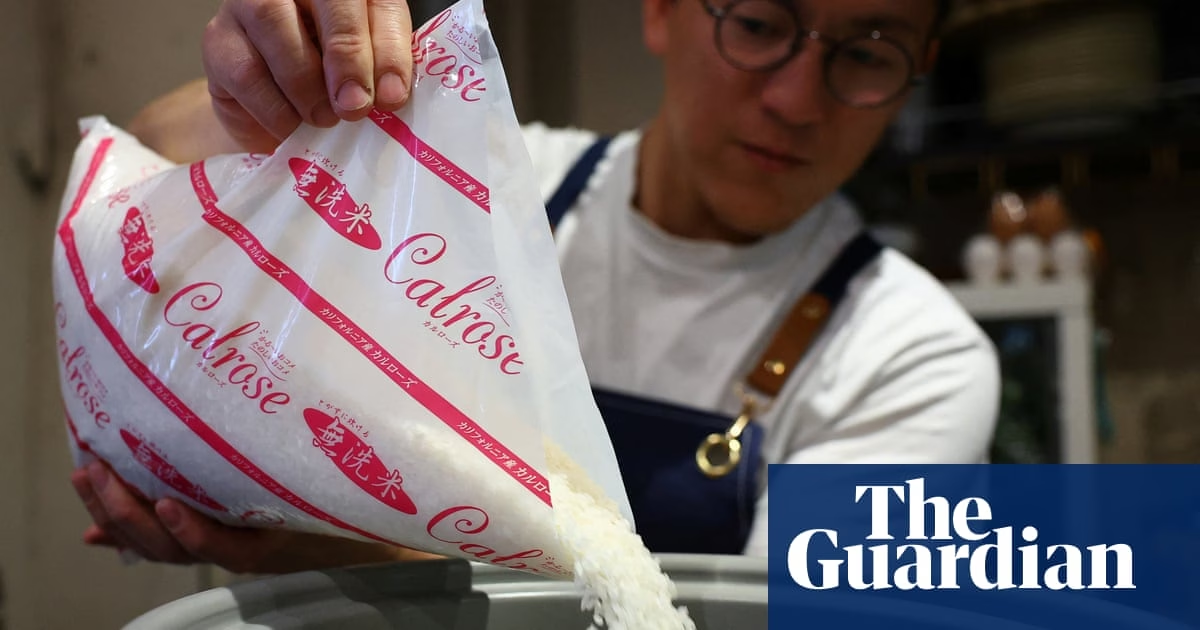Japan has for the first time in a quarter of a century imported rice from South Korea in an effort to manage the rising prices and growing discontent among consumers. The South Korean rice arrived in Japan in the last month, marking the first import since 1999, as reported by the media. Despite the government’s attempts to ease the increasing pressures on shoppers, the price of domestically produced rice has more than doubled compared to last year, fueling demand for cheaper imported grain. The imports were sold both online and at supermarkets, starting with just two tonnes of rice, with plans to ship additional 20 tonnes in the near future.
Historically, Japanese consumers have been wary about the quality and taste of foreign rice. However, the current crisis has forced a shift in this perspective, paving the way for South Korea’s rice exports to reach their highest level since 1990. The crisis has also opened up potential export markets for rice producers in the US.
Arata Hirano, a restaurant owner in Tokyo, switched from Japanese to American rice last year due to a shortage of the domestic grain and resulting price surge. He noted that while the cost of the Californian rice he now serves has doubled since his initial purchase last summer, it is still cheaper than locally produced rice, and he has not received any complaints from his customers.
Due to the escalating rice prices, the Japanese government has taken the unusual step of tapping into its vast rice reserves. The government started releasing 210,000 tonnes of stockpiled rice to curb price rises caused by a combination of factors, including record summer heat, panic buying, and distribution issues. However, this measure has had minimal impact, with only a tiny portion of the released rice making it to the shops due to logistical issues, such as a shortage of delivery vehicles and the time required to prepare the rice for sale. Japan’s rice stockpiles have already diminished due to record-breaking temperatures affecting the harvests and an increase in consumption by tourists. Furthermore, panic buying following typhoon and earthquake warnings has also affected supplies in some cases, leading retailers to restrict rice sales.
Source: https://www.theguardian.com/world/2025/apr/22/japan-south-korea-rice-import-crisis







